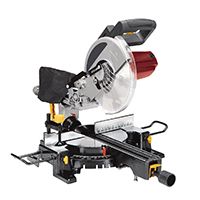Project details
Skill
Cost
Estimated Time
In this project, I’m sharing a cutting and gluing technique that can be used to make almost any geometric wood shape. Specifically, I’ll be using this trick to create a series of hexagon planters from several ¼-inch-thick and ½-inch-thick boards I had laying around the shop, but the applications are endless! All you need is a miter saw that can make bevel cuts (i.e. the blade can tilt), some scrap boards, glue, and painter’s tape.
Steps for making geometric planters:
Step 1: Set the saw
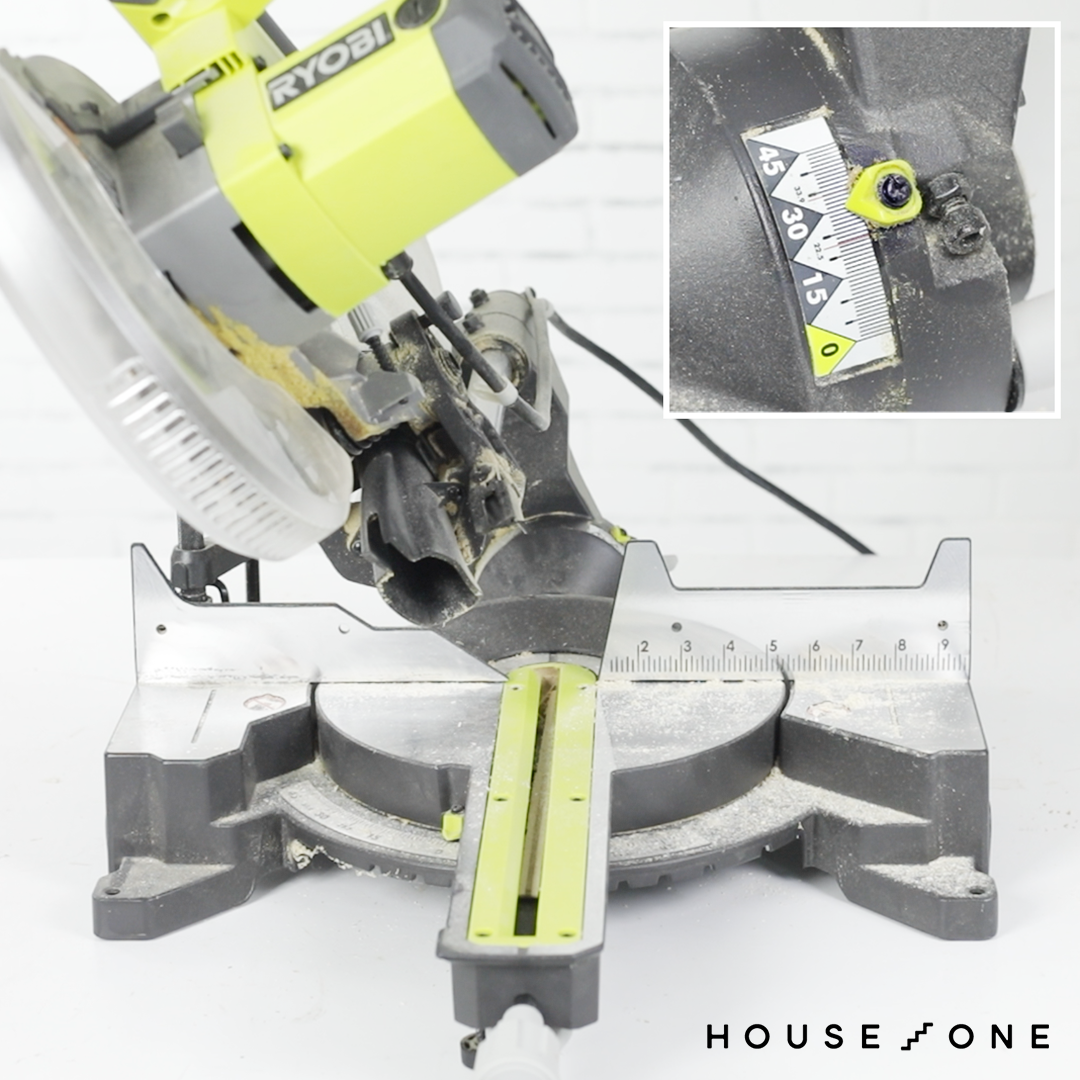
Set the bevel (tilt) of the miter saw to 30-degrees (to create a 6-sided hexagon). Because most saws don’t have a positive stop at 30-degrees, take the time to get the adjustment just right. If the adjustment has a little bit of play, air on the high side of 30-degrees, as a sharper bevel makes a tighter outside joint bevel that’s cut too shallow.
Step 2: Make the first cut
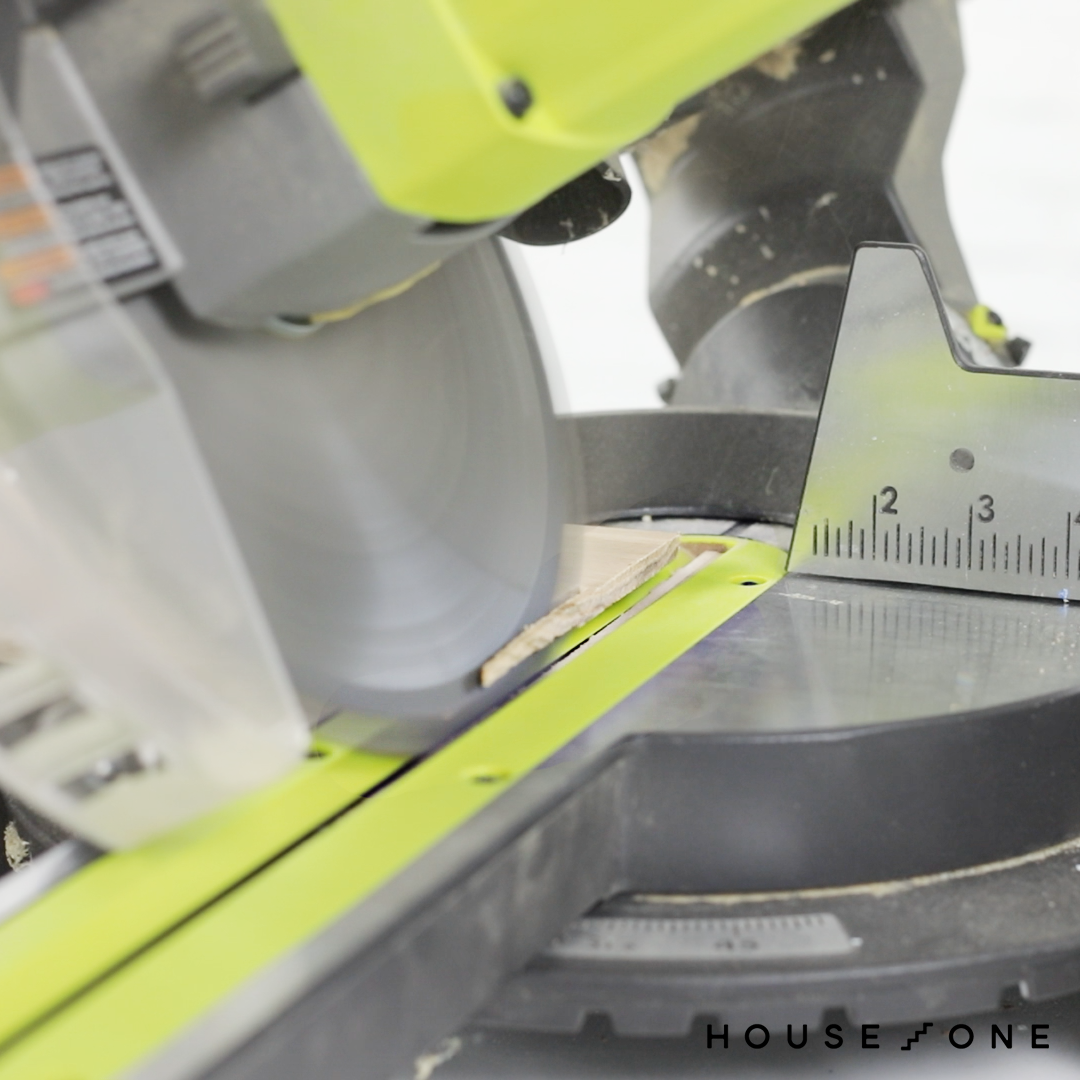
Using the miter saw set to a 30-degree bevel, cut the end of the board.
Step 3: Make the remaining cuts
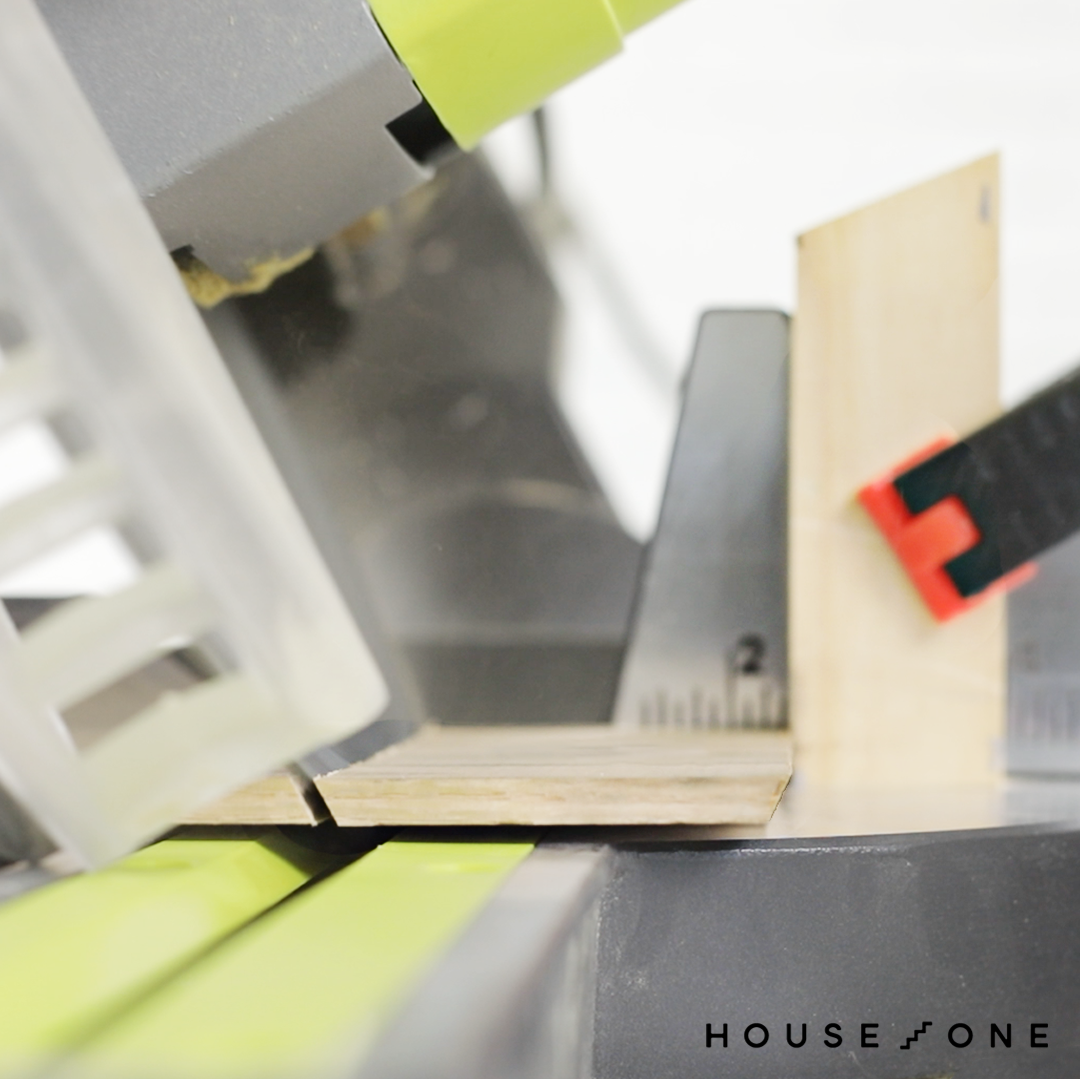
Clamp a stop block to the saw fence. Flip the board over—so that next cut will create an opposite angle to the first cut—and cut the board to the desired width. Flip the board, and repeat the process to create six pieces.
Step 4: Sand the pieces
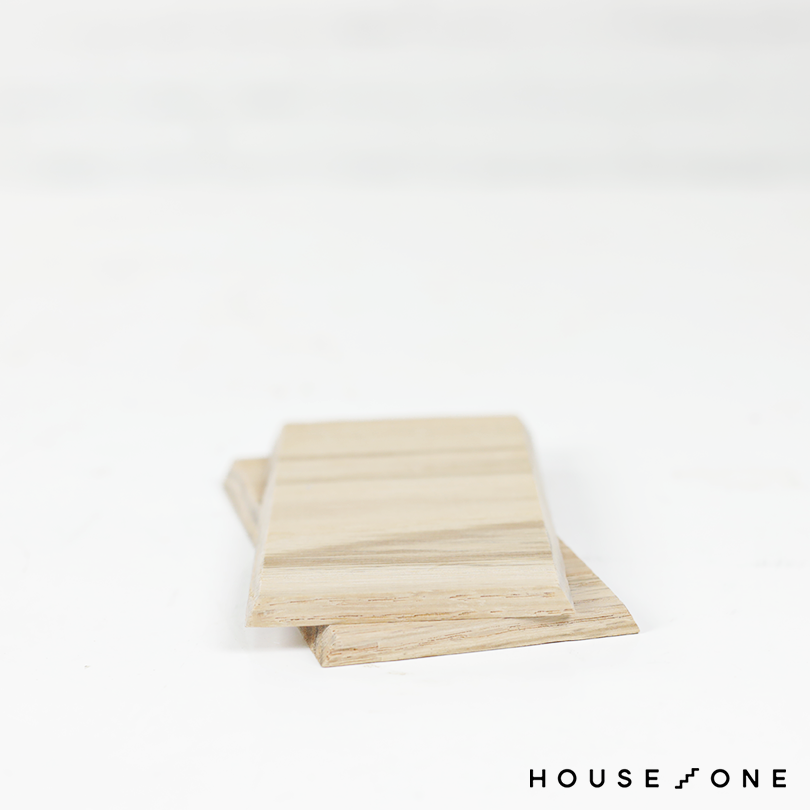
Using a sanding block, carefully sand the cut edges and faces of each piece to prep for assembly. Fully sand the inside (smaller) face of each piece, as the interior walls may be difficult to reach once assembled.
Step 5: Prep for assembly
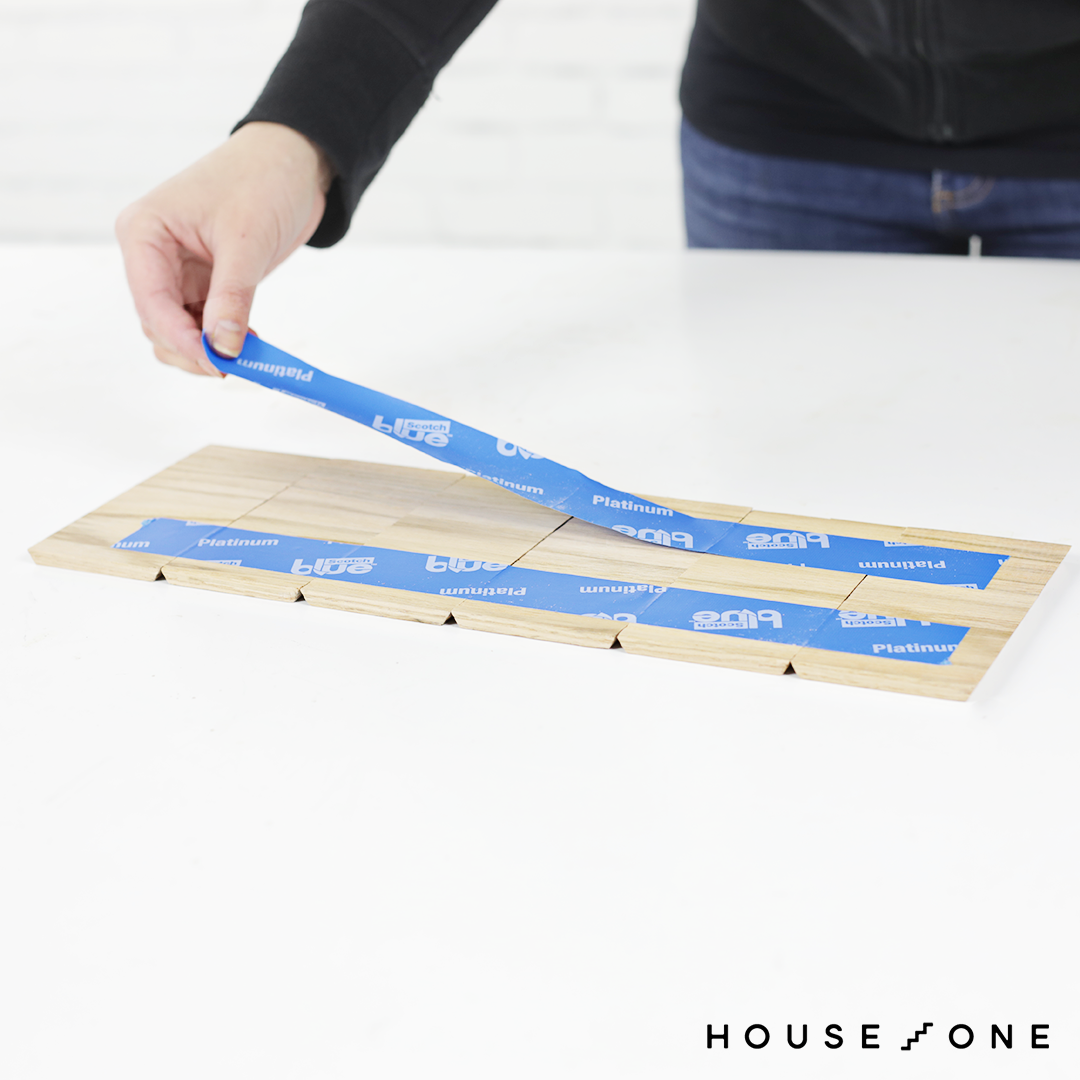
Place the pieces side-by-side, wide-face-up, with their ends perfectly aligned. Stretch and apply two strips of painters tape across the pieces. Tip: Make sure the edges aren’t overlapping, or else bending the joint will split the painter’s tape.
Step 6: Dry-fit the miters
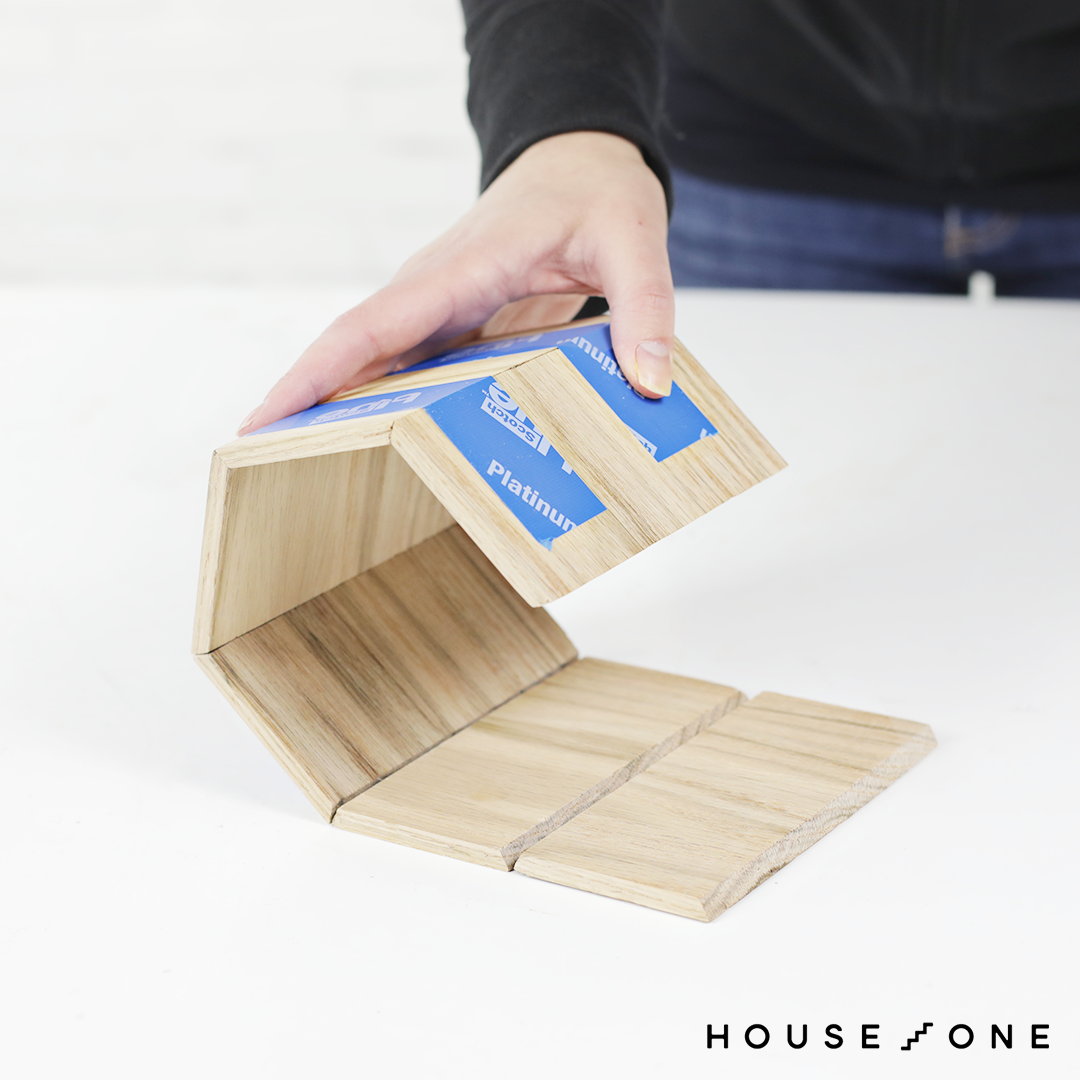
Flip the pieces over. Joint by joint, “curl” the pieces up to close the gaps. Check that the two end pieces meet at a tight joint. If you need to make adjustments, flip the assembly back over and readjust the tape.
Step 7: Apply the glue
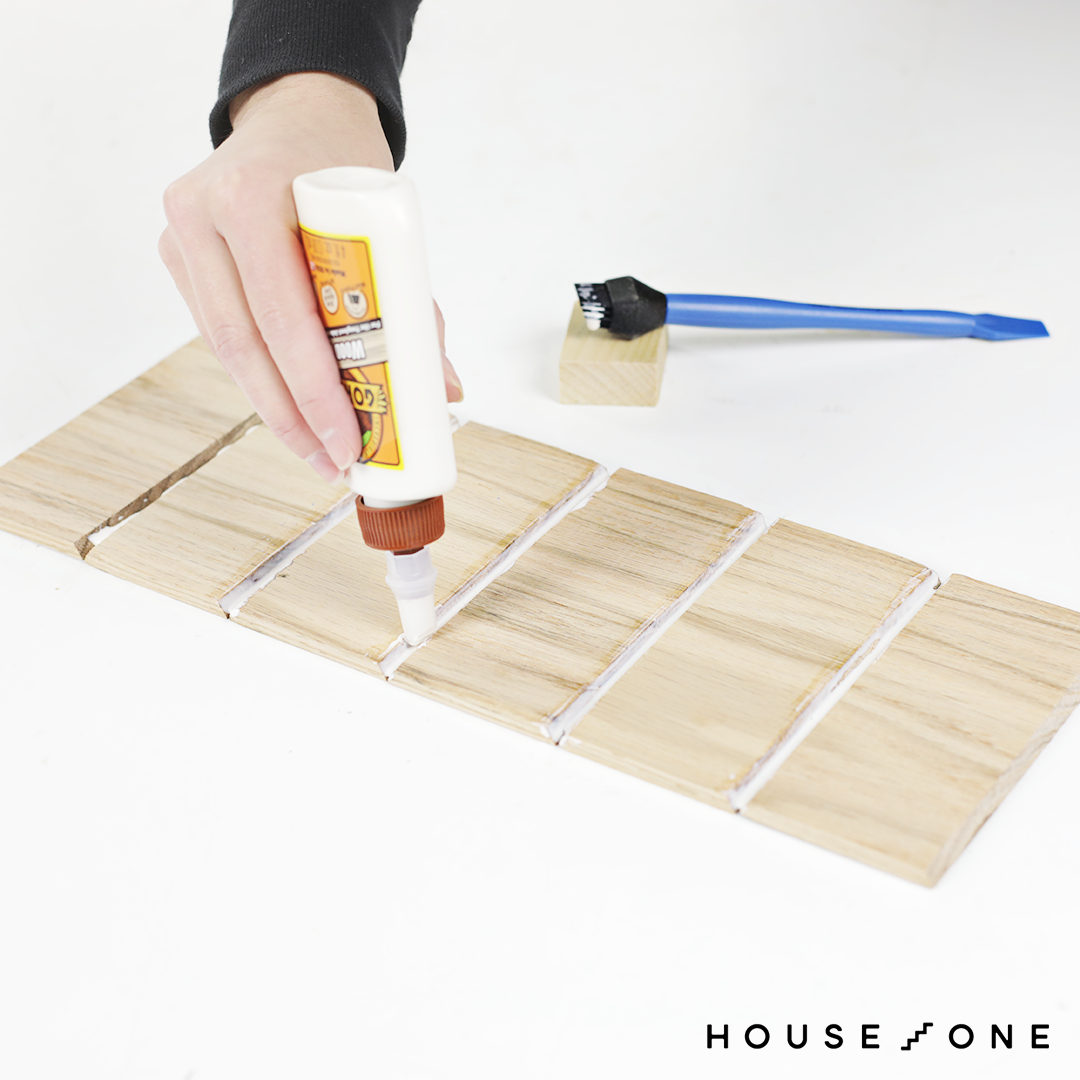
Place a piece of cardboard or plastic under the pieces. Apply glue in each joint. Brush or spread the glue onto both sides of each joint. Apply glue to the ends of the outside boards.
Step 8: Form the shape
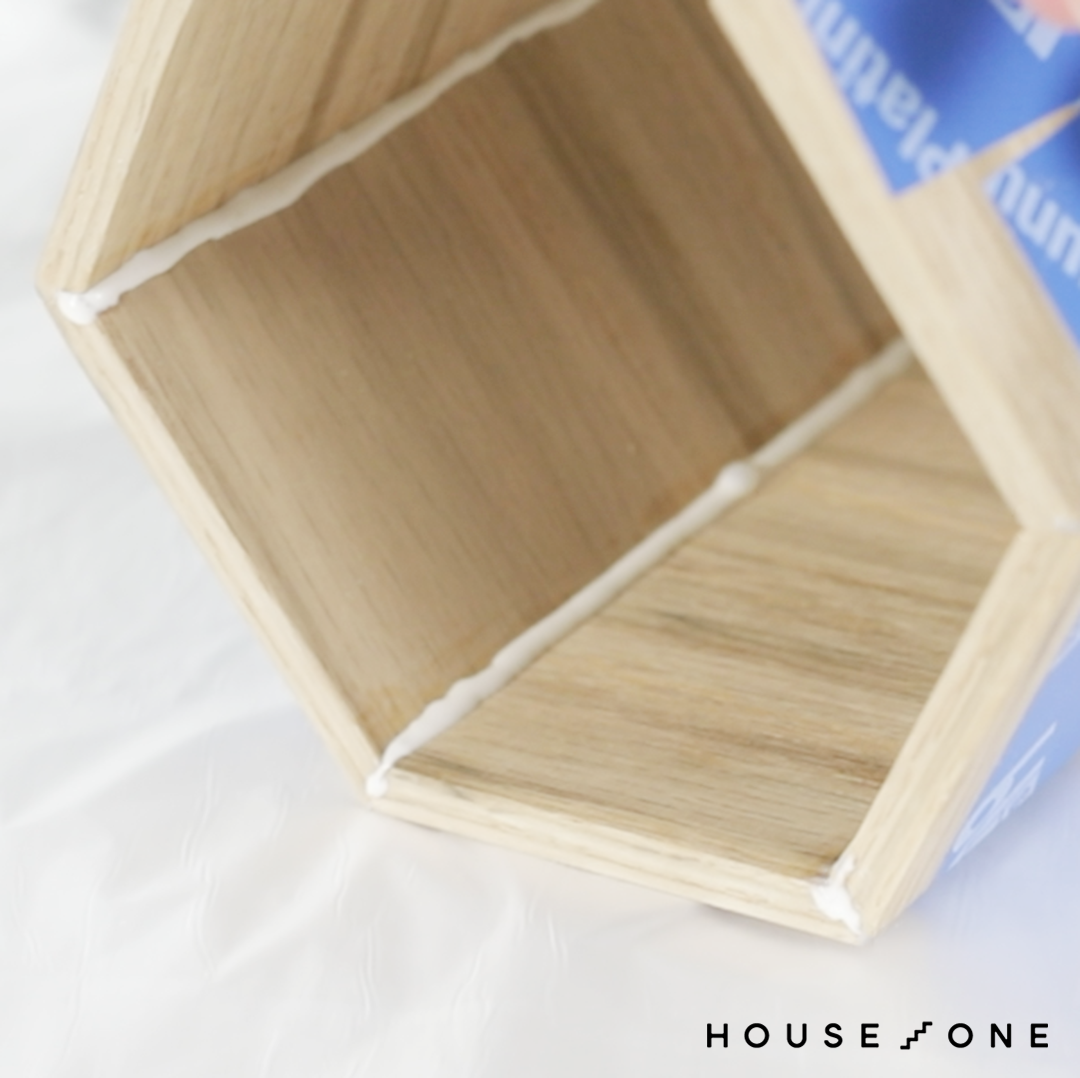
As with the dry-fit, curl the pieces to close the miter joints. Join the outside pieces, and then apply a piece of painters tape to hold them together. Wipe away the excess glue with a damp cloth. Allow the assembly to dry overnight, or according to the glue manufacturer’s recommendations.
Step 9: Remove the tape
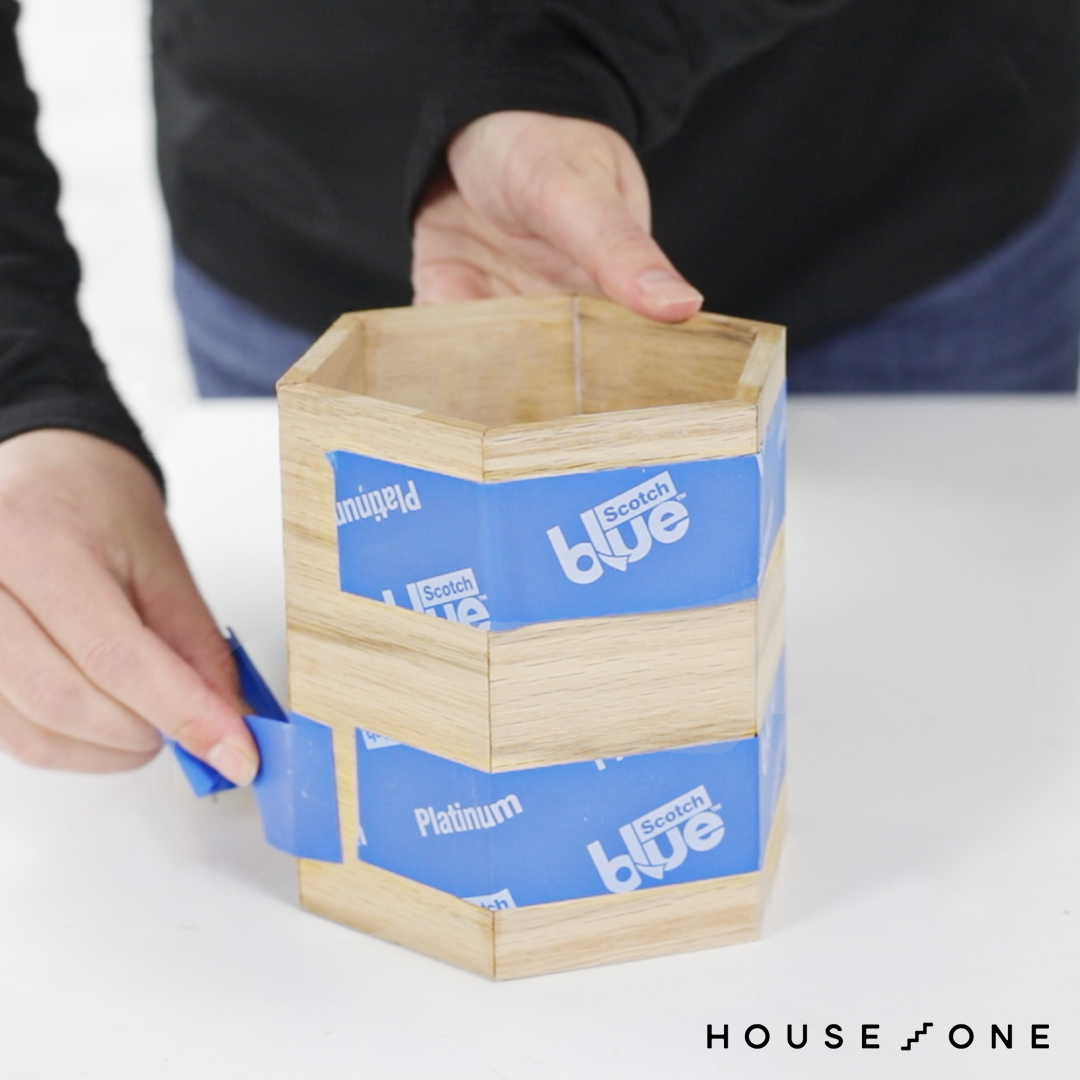
Remove the tape. Sand any rough areas with a sanding sponge. Paint or stain as desired.
Materials:
• Any Board – We used a 1/4″ x 4′ Board
• Wood Glue
• Silicone Glue Brush
• Cloth or Rag
• Sanding Sponge
• Painter’s Tape
